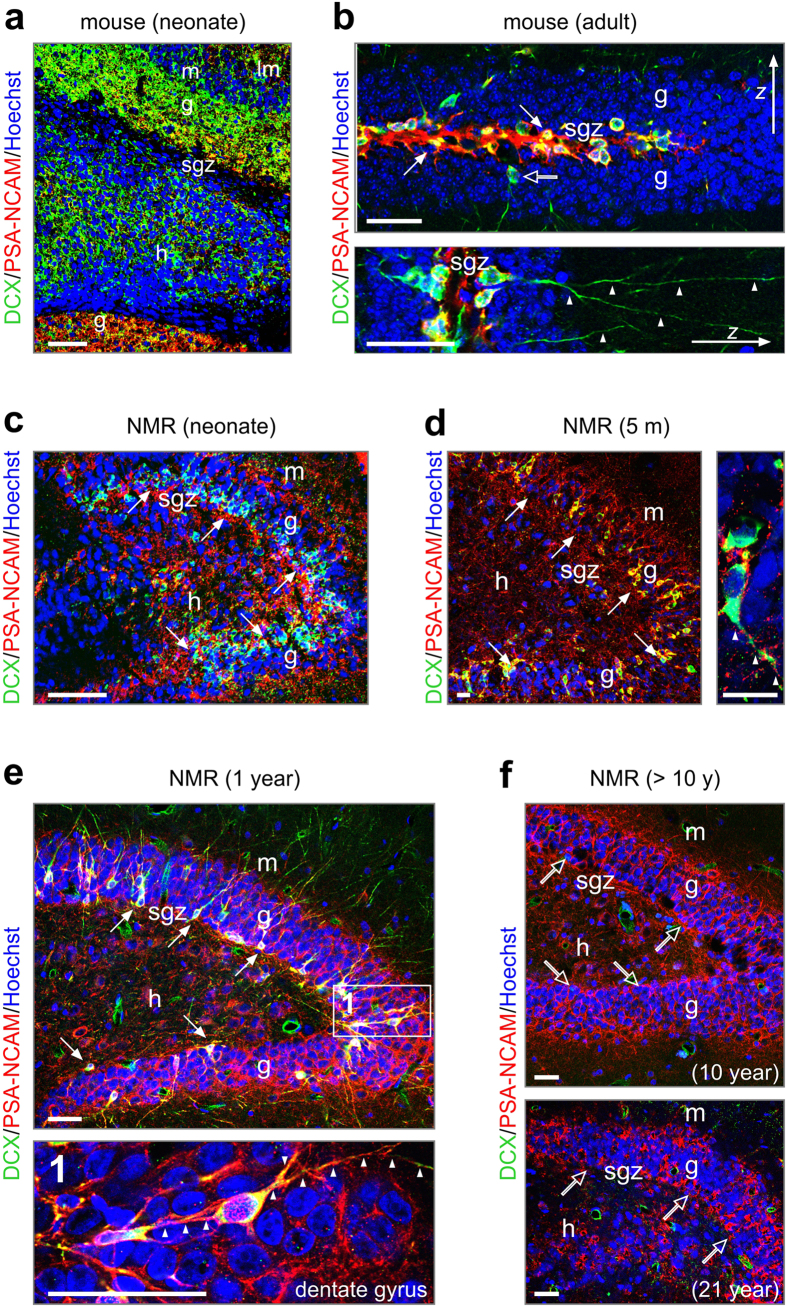Figure 2. Neurogenesis in the dentate gyrus ceases by 10 years of age in naked mole rat.
(a) Broadly distributed newborn neurons in the mouse dentate gyrus at birth, as revealed by doublecortin (DCX) immunoreactivity. PSA-NCAM labels motile processes in the dentate blades. (b) In the adult mouse, DCX and PSA-NCAM expression are limited to a restricted contingent of new neurons situated in the subgranular zone (arrows), with often long dendrite-like processes (arrowheads). Open arrows denote DCX+/PSA-NCAM- cells exiting the proliferation zone. (c–e) In the dentate gyrus of naked mole rats, DCX+/PSA-NCAM+ cells, were abundant in the subgranular zone until 1 year of age (arrows). Many of these cells invaded the granule layer and possessed long, vertical processes (1, arrowheads). (f) At 10 years of age, DCX expression was largely absent from the subgranular zone (open arrows), with residual DCX immunoreactivity restricted to some oval profiles without processes. Likewise, at 21 years of age, DCX+ cells were not detected. Note, however, the retained expression of PSA-NCAM, suggesting maintained structural plasticity. Open rectangles denote the general location of insets. Abbreviations: g, granule cell layer; h, hilus; lm, lacunosum moleculare layer; m, molecular layer; sgz, subgranular zone; Scale bars = 100 μm (a,c), 50 μm (b,e,f), 20 μm (d).

